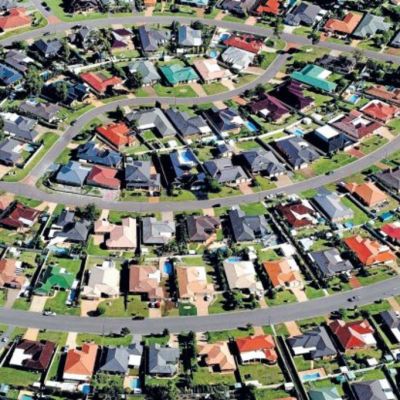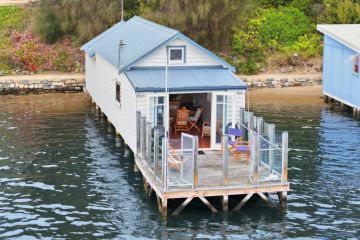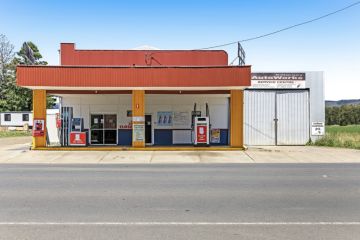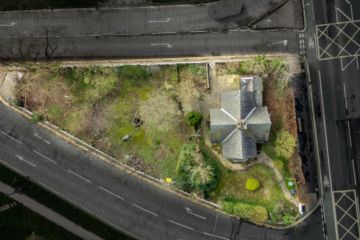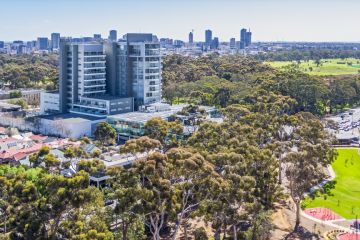Trying to buy a house: You've every right to feel like a twice-squeeze orange
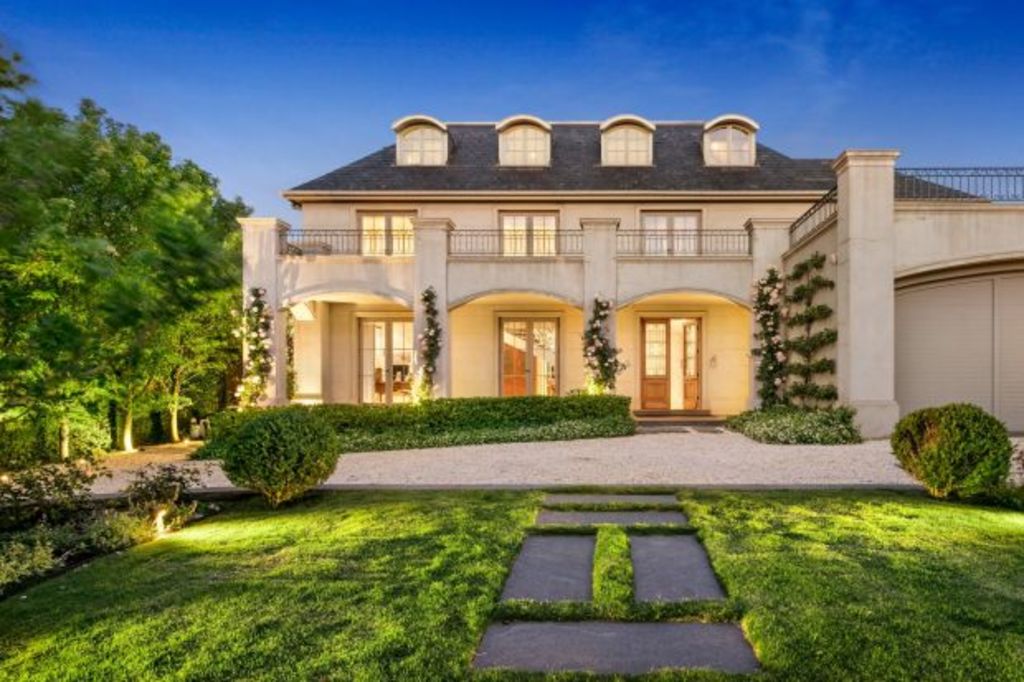
I remember this well. It was 1982. Grade five at Rosanna’s Banyule Primary School. Maths class. Miss Harris was trying to explain inflation to us; the concept of how the price of goods will go up over time. This is the bit that stuck in my head: “When you’re around the age of 30, the average house will cost a million dollars.”
Admittedly, Miss Harris was a little off the mark – 10 years too early and about $80 grand short of the big M, in Rosanna at least. But even she, much less her juvenile charges, had no way of realising that at that precise moment she had transcended her status as a grade five teacher attempting to grab her students’ attention with a mathematical shock and awe campaign.
 Saving for a house probably shouldn’t start like this… Photo: Getty Images
Saving for a house probably shouldn’t start like this… Photo: Getty Images
She was a voice from the future, warning a bunch of children to stop wasting their pocket money on Wizz Fizz and Redskins and instead park it in their savings accounts at the State Bank (remember that?) where each entry was dutifully filled in by hand and stamped by a teller (remember them?).
You can imagine the reaction she got. We all raced home from school that day, excitedly instructing our parents to purchase a rental property to negative gear against their taxable income while holding it in trust for us once we turned 18 and were ready to begin amassing a diversified property portfolio in our own right.
Actually, no. We squirmed, laughed at the sheer incredulity of it (a million dollars? Millionaires lived in palaces!) and moved our attention to other pressing matters, such as long division and whether George Bailey really did have a crush on Leanne Weddell.
But Miss Harris, oracle of truth, has been proven correct. Millionaires, indeed, used to live in palaces. Or at least Toorak. Now they live in Forest Hill. Cheltenham. Newport. All among the 20 latest suburbs to join the list of Melbourne’s million-dollar average in the December quarter, taking the total to 120.
So hurrah, right? Welcome to the millionaire’s club. But as Miss Harris may well have pointed out just before she moved onto the life and times of John Maynard Keynes, the awkward bit is that incomes haven’t risen concomitantly. The average worker isn’t pulling in $300,000 a year. Not. Even. Close.
 Yep, that’s the look of someone trying to find $1m for their first home within cooee of their workplace.
Yep, that’s the look of someone trying to find $1m for their first home within cooee of their workplace.
So what do we do? Instead of pressing for an urgent political solution to the impasse, we do what all decent Australians do and turn it into a race. We’re a nation of committed gamblers and the property market has become one of our favourite arenas.
What better Saturday pastime than to soak up the carnival atmosphere at an auction … Gather round, folks, for the high-stakes drama of younger people trying to get their first tentative foot onto the property ladder being gazumped by older folks with deeper pockets who will immediately put it on the rental market. Fun!
There are winners in the real estate game, of course. Sussan Ley, for example (her purchase of a $795,000 Gold Coast apartment was “spontaneous”, a concept most people experience when throwing caution to the wind and ordering a second coffee). Or that girl in the Tattslotto ad who’s given a house by her father when he wins the big prize. There’s barely a dry eye in my house when that one screens.
 Sussan Ley: some buy a second coffee on a whim, others, a Gold Coast apartment.
Sussan Ley: some buy a second coffee on a whim, others, a Gold Coast apartment.
But they’re massively outweighed by the real estate losers. Anyone looking to buy in Melbourne or Sydney while on an average income – the bell tolls for thee. The massive tribe of people to whom the great Australian dream has slipped irrevocably away. Between rising rents and a shortage of supply (hello, Airbnb!) they have grounds to feel like twice-squeezed oranges.
It being a race and all, the news media likes to commentate from the sidelines. There’s no difficulty finding a constant supply of forlorn twenty- and thirty-somethings living with their parents while trying to scrape together the deposit on a two-bedroom house 20 kilometres from the city centre – the First World’s answer to the World Vision child.
And don’t forget the sneery attitudes displayed towards the lotus-eating indulgence of a generation smashing down avocado on toast en route to property disenfranchisement.
One thing Miss Harris didn’t predict back in that classroom on a long ago sticky summer’s day was the radical assumption that money will expand to fill an economic vacuum. When you come down to it, that’s really the whole premise on which the real estate industrial complex bases its insatiable appetite.
Crunch the numbers all you like: talk about housing affordability as an issue of supply, suggest people simply “get a good job” or move to Tamworth – all extremely helpful suggestions of the current federal government.
But the truth of the matter is that real estate has become a zero sum game. And all too often the sums work in other people’s favour.
We recommend
States
Capital Cities
Capital Cities - Rentals
Popular Areas
Allhomes
More
- © 2025, CoStar Group Inc.

